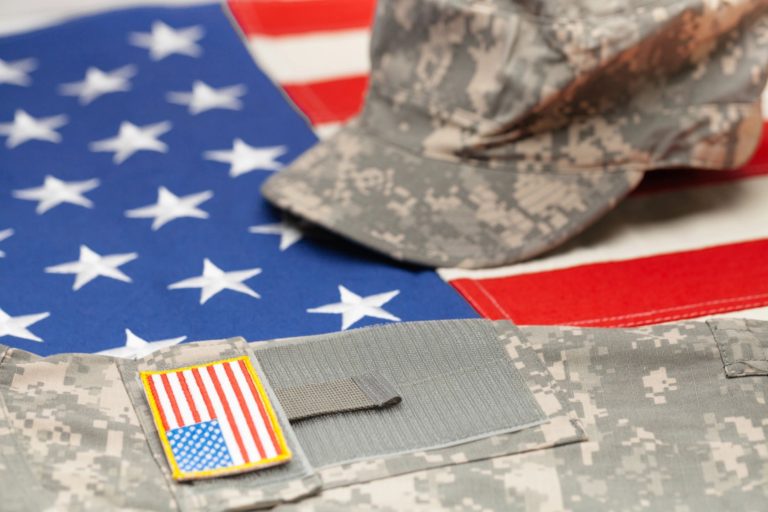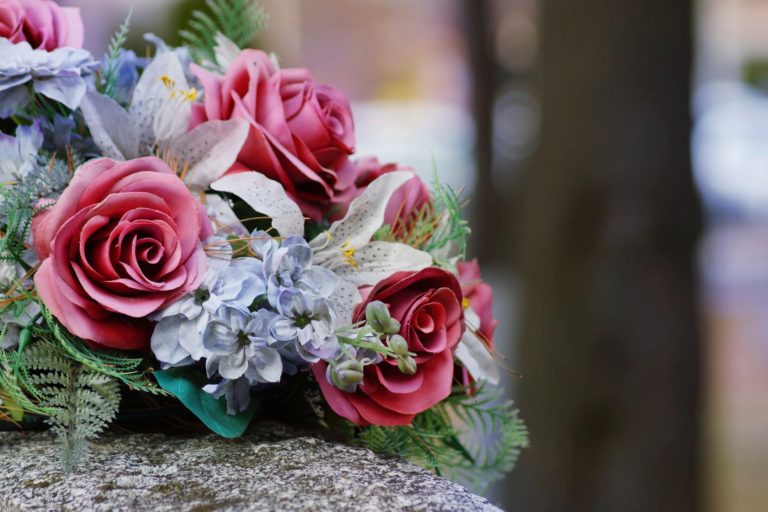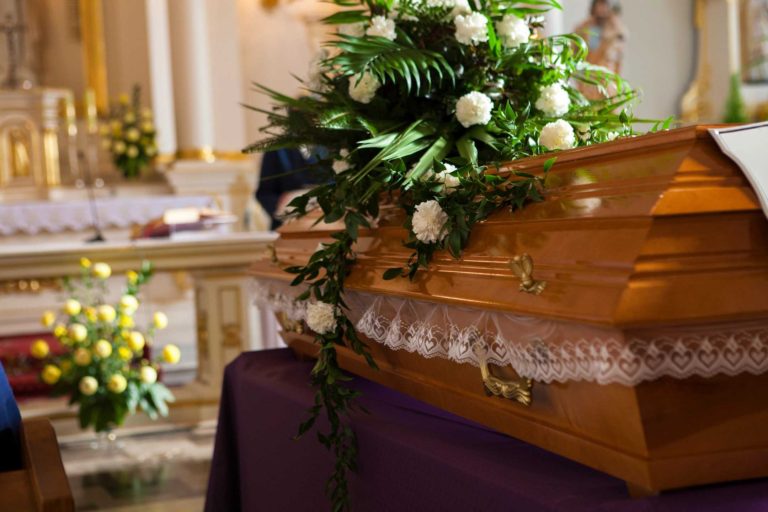




Traditional Burials – the ritual act of placing a dead person or animal, sometimes with objects into the ground. This is accomplished by excavating a pit or trench, placing the deceased and objects in it, and covering it over. Burials are often seen as an indication of respect for the dead. It has been used to prevent the odor of decay, to give family members closure and as a custom to some religions and ways of life.
Cremations – the remains of a person are burned to ash (sometimes called cremains) and may be buried in the earth, interred in a columbarium niche, kept by the family in an urn or jewelry or scattered. Cremation may serve as a funeral or post-funeral rite as an alternative to the interment of an intact dead body in a coffin or casket.
Memorial – a ceremony for memorializing someone who has died that takes place after the body has been buried or cremated. Memorials can take place any time after the death, from a week to a year.
Graveside – a funeral service held at the gravesite at a cemetery. A gravesite service can follow a traditional funeral or can be a stand-alone event. This type of service can be held for either burial or interment of cremated remains.
Support Groups – interactive way to communicate with others who are experiencing similar thoughts, meant to decrease feelings of loneliness and/or isolation and to provide a safe space to process feelings of grief and loss.
